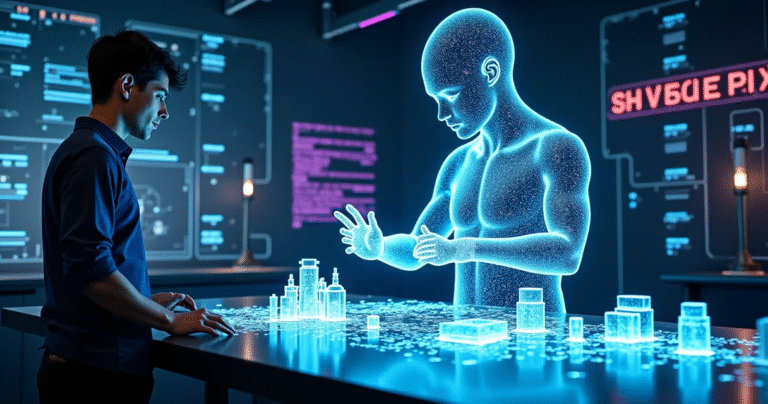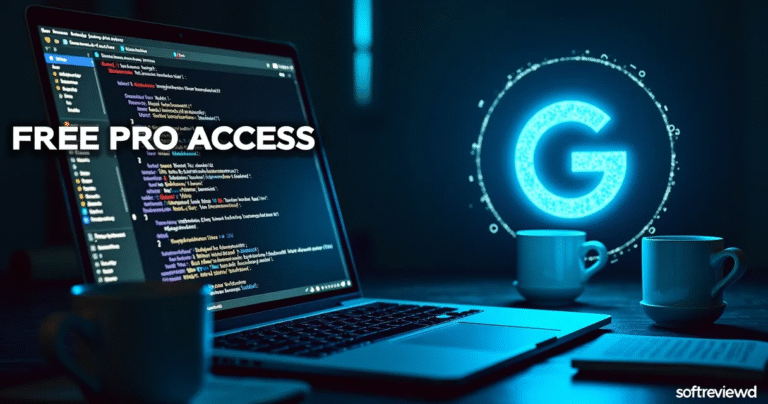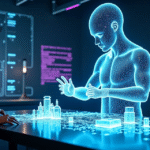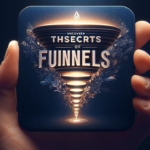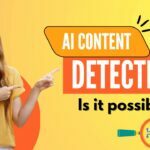Torque Clustering: Revolutionary AI Learning
A groundbreaking approach to autonomous AI learning inspired by physical principles
Autonomous Learning
Independent pattern discovery without human guidance, enabling true autonomous learning capabilities in AI systems.
Physics-Based Design
Based on torque physics principles, mimicking gravitational interactions between galaxies for enhanced pattern recognition.
Superior Performance
Achieves 97.7% AMI score across 1,000 datasets, substantially outperforming traditional methods in the 80% range.
Future of AI
Paves the way for general artificial intelligence, optimizing robotics, autonomous systems, and decision-making processes.
Wide Applications
Applications span biology, chemistry, astronomy, psychology, finance, and medicine, enabling breakthrough discoveries across fields.
The world of Artificial Intelligence (AI) is constantly evolving, and a new breakthrough is making waves. Researchers have developed an innovative AI algorithm called Torque Clustering, which allows machines to learn and identify patterns without human intervention. This leap in self-supervised learning, also referred to as unsupervised learning, is not just a minor tweak; it's a fundamental shift that could redefine how AI is developed and applied across various industries. Forget the tedious task of labeling data – the future of AI may well be about machines that learn by themselves, just like humans do.
The Problem with Traditional AI: The Labeling Bottleneck 😫
Most of today's AI relies on supervised learning, a method where AI is trained on vast amounts of data that has been meticulously labeled by humans. This process is time-consuming, costly, and often impractical for complex or large-scale tasks. Imagine having to label every single object in thousands of images just to teach an AI to recognize a cat! This limitation has long been a bottleneck in the advancement of AI, preventing it from reaching its full potential. As Professor CT Lin from the University of Technology Sydney explains, "Labeling data is costly, time-consuming, and often impractical for complex or large-scale tasks."
Enter Torque Clustering: AI That Learns Like a Human 🤔
Torque Clustering offers an alternative. This groundbreaking algorithm is designed to mimic the way humans learn, by identifying patterns and structures in data without any pre-existing labels. Inspired by the concept of torque in gravitational interactions, the algorithm uses principles of mass and distance to autonomously cluster data with remarkable accuracy. Think of it like a child learning about the world, not through explicit instructions, but by observing, experiencing, and forming their own understanding.
How Does Torque Clustering Actually Work? 🤔
The magic of Torque Clustering lies in its ability to use the data itself to generate supervisory signals, which are then used to train the AI model. This is known as self-supervised learning. The algorithm creates its own "puzzles" or pretext tasks from the data. The AI then attempts to solve these puzzles, in the process, it is learning meaningful representations of the data. It’s like giving the AI a set of Lego bricks and letting it figure out how to build structures on its own. The data points are treated as masses, and the relationships between these data points are determined by calculating their torque balance, allowing it to automatically group similar data points. This allows the model to learn accurate representations without any human-provided labels.
Self-Supervised Learning: The Key to True AI Independence 🔑
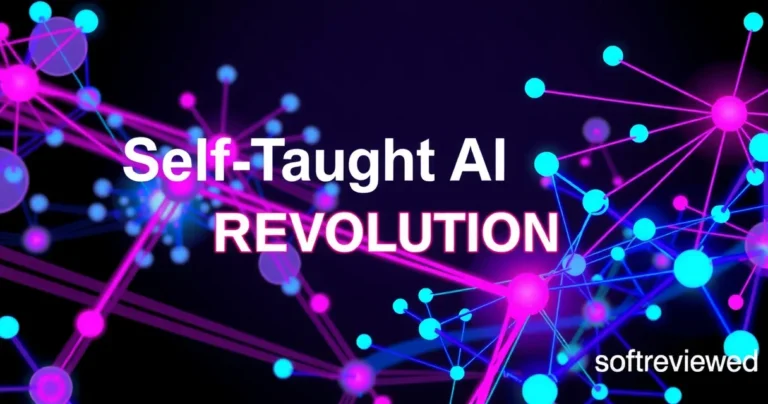
Torque Clustering is a prime example of self-supervised learning, a subfield of machine learning that's gaining significant traction. This method allows AI systems to learn from unlabeled data, enabling them to generate their own training data. This capability marks a departure from traditional supervised learning, where the model relies on pre-labeled data. The self-supervised approach helps AI systems to better recognize patterns and make predictions. In essence, it's about machines teaching themselves, and that could lead to some fascinating outcomes.
Self-Supervised vs. Unsupervised Learning: What's the Difference? 🤓
While self-supervised learning and unsupervised learning both work with unlabeled data, there's a key difference. Unsupervised learning focuses on finding patterns and structures within data without any specific task or goal, such as clustering or dimensionality reduction. Self-supervised learning on the other hand, is designed to solve a pretext task where "ground truth" can be inferred from unlabeled data. The goal is to learn meaningful data representations that can then be used for downstream tasks. In other words, self-supervised learning has a specific goal, using the unlabeled data to create implicit labels, while unsupervised learning explores the data without a predefined goal.
The Two-Step Learning Process ➡️
Self-supervised learning often involves two steps:
- Pretext Task: The AI is trained on a self-generated task, using pseudo-labels derived from the data itself. This task is designed to help the model learn the underlying structure of the data.
- Downstream Task: The model, pre-trained on the pretext task, is then used to solve the actual task. This can be a supervised or unsupervised task. This two-step process can improve performance and efficiency in various applications.
Applications of Self-Supervised Learning: Beyond the Lab 💡
Self-supervised learning is not just a theoretical concept; it has practical applications across many fields:
- Computer Vision: Self-supervised algorithms can analyze images and videos, learning to identify objects and patterns without human annotation. This is useful for image recognition, object detection, and video analysis. Imagine AI systems automatically identifying objects in surveillance footage or medical scans, all without the need for manually labelled data.
- Natural Language Processing (NLP): Models like BERT and GPT-3 use self-supervised learning to understand and generate human language. This technology powers chatbots, language translation, and text summarization tools. These models predict upcoming words or assess the sentiment of sentences, gaining a deeper understanding directly from the text they analyze.
- Robotics: Self-supervised learning allows robots to learn from their environment through observation and interaction. This enables them to adapt to new situations and tasks autonomously, without requiring specific human instructions.
- Cybersecurity: Self-learning AI can analyze vast amounts of data to identify patterns of malicious activities and detect anomalies. This helps to defend against sophisticated cyber-attacks.
- Healthcare: AI systems can analyze medical images, such as X-rays or MRIs, to identify anomalies without prior labeling, significantly enhancing diagnostic accuracy and efficiency. This could lead to faster and more accurate diagnoses.
- Finance: AI can detect fraudulent transactions by recognizing unusual patterns in transaction data, protecting assets and improving risk management.
- Astronomy: Self-supervised AI can help analyze vast amounts of astronomical data, identifying hidden patterns and structures in the universe.
Torque Clustering: A Step Towards True AI? 🚀
The Torque Clustering algorithm has demonstrated remarkable performance, achieving a 97.7% adjusted mutual information (AMI) score in tests, surpassing existing unsupervised learning techniques. This level of accuracy shows the potential of self-supervised learning to unlock previously inaccessible insights from data. The fact that Torque Clustering is open-source means that researchers worldwide can now explore its applications, accelerating progress in the field.
Key Benefits of Torque Clustering and Self-Supervised Learning ✅
- Reduced Reliance on Labeled Data: Significantly lowers the cost and time associated with data preparation.
- Enhanced Scalability: Enables AI to process and learn from much larger datasets, leading to more robust and accurate models.
- More Efficient Learning: Allows models to learn more with fewer labels, smaller samples, or fewer trials
- Improved Generalization: Models trained with self-supervised learning can generalize better to new tasks and datasets.
- Closer to Natural Learning: Mimics how humans learn, through observation and interaction with their environment.
- Wider Applicability: Can be applied across various fields, including medicine, finance, and astronomy.
Comparison Table: Supervised vs Unsupervised vs Self-Supervised Learning
| Feature | Supervised Learning | Unsupervised Learning | Self-Supervised Learning |
|---|---|---|---|
| Data | Labeled Data | Unlabeled Data | Unlabeled Data |
| Human Intervention | Requires extensive human labeling | Minimal to no human labeling | Minimal to no human labeling |
| Primary Goal | Predict outcomes based on labeled data | Find patterns and relationships in data | Learn data representations using pseudo labels for downstream tasks |
| Typical Tasks | Classification, Regression | Clustering, Dimensionality Reduction | Image Reconstruction, Language Modeling, Video frame prediction |
| Example | Spam Detection, Image Classification | Customer Segmentation, Anomaly Detection | BERT, GPT, Torque Clustering |
Are Self-Taught AI Innovations Like Torque Clustering Leading to Risky Behaviors in AI Systems?
As innovations like torque clustering emerge, questions arise about their implications for AI behavior. Developers must prioritize ethical standards when adopting such technologies, especially while exploring xai’s controversial adult features now. Without careful oversight, these advancements might inadvertently encourage risky behaviors, exposing systems to unforeseen challenges and ethical dilemmas.
What Does This Mean for the Future of AI? 🤔
The development of Torque Clustering and the rise of self-supervised learning signal a significant shift in the AI landscape. These advancements suggest a future where AI is more autonomous, adaptable, and capable of learning from the world without human-provided instructions. It also means that we can utilize vast amounts of unstructured data that is currently ignored. This approach could help solve previously unsolvable problems, uncover hidden patterns, and lead to breakthroughs in various fields. As AI systems become more adept at self-learning, they are expected to play a pivotal role in advancing general artificial intelligence, particularly in robotics and autonomous systems.
The Path Ahead for Self-Learning AI ➡️
While self-supervised learning is promising, it is still an active area of research. There are challenges to overcome, including designing robust pretext tasks, optimizing models, and understanding how to best leverage learned representations. However, the progress made in recent years is undeniable, and the future looks bright. Self-learning AI is an emerging field, that will revolutionize how AI systems are developed and applied.
Closing Thoughts: AI That Thinks For Itself 💭
The emergence of Torque Clustering and other self-supervised learning methods marks a pivotal moment in the evolution of AI. By enabling machines to learn from unlabeled data and generate their own labels, we are taking a step closer to creating truly intelligent systems. This innovation not only enhances the capabilities of AI but also paves the way for more autonomous and scalable solutions across numerous industries. The days of relying solely on human-labeled data may soon be behind us, as AI begins to learn and evolve on its own. The potential impact of this is profound, promising a new era of AI development.
For further exploration into the world of self-supervised learning, check out this article from IBM: What Is Self-Supervised Learning?.
Torque Clustering Performance Comparison
This chart compares the Adjusted Mutual Information (AMI) scores of different clustering algorithms, highlighting Torque Clustering’s superior performance across diverse datasets.

